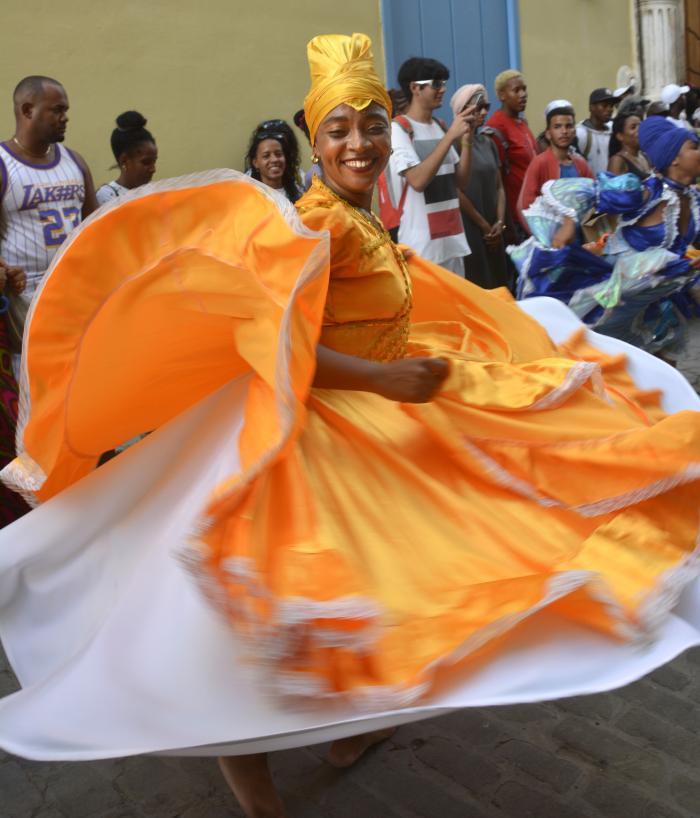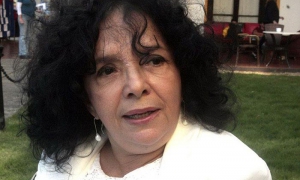
Mestizo was the name that our National Poet, Nicolás Guillén, gave to the spirit of Cuba. Author of very beautiful pages in which the human being shone above prejudices and sinister appreciations, he spoke of cocktails and mixtures, to refer to the nature of our people, and in 1931 he dreamed that "someday" in the name of truth, in this regard would be said "Cuban color".
In 1959, a Revolution triumphed, led by a passionate disciple of José Martí who, like him, knew that man is much more than the color of his skin, and from the first day of his government defended the will to eradicate racism and racial discrimination, which reigned in the Cuba in which he had lived until then.
Much has rained since January 1, 1959, and much pain swept those waters. "The public social welfare policies adopted since then have a universal character and reach all Cubans equally," said Julio Rensoli Medina, secretary of the executive coordinating group of the National Program against Racism and Racial Discrimination, Cuban Color, who adds that even when many barriers have been overcome due to equal opportunities, there are still manifestations of prejudice based on skin color.
The message takes place in the context of the International Conference Cuba 2024, Decade for People of African Descent, which from today until December 13 is being held in Havana and Matanzas, convened by the National Program against Racism and Racial Discrimination.
How much progress has been made and how much remains to be done to banish this scourge, in Cuba and in the world, will be discussed at this event in which some 240 delegates from more than 15 countries will participate, and which includes, along with spaces for debate, visits to museums, institutions and communities. Cuban color will have not only to be said, but also to be felt in the heart. Among the countless challenges that Cuba has ahead, the one dictated by the poet is neither minor nor postponed.






